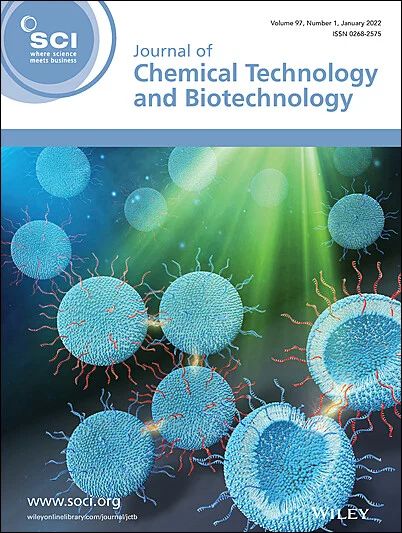A comprehensive study on the effect of air gap distances on morphology and gas separation performance of cellulose triacetate/polysulfone dual-layer hollow fiber membrane
Abstract
BACKGROUND
Dual-layer hollow-fiber (DLHF) membranes possess various advantages over single-layer hollow-fiber (SLHF) membranes, such as use of brittle but high-performance materials, greater flexibility in the spinning process, improved pressure resistance, and reduced substrate resistance. However DLHF membranes face challenges in the fabrication process. Key spinning parameters of DLHF membranes such as dope flow rate, take-up speed, coagulant composition, and spinning temperature, are well studied in the literature, but the impact of higher air gap distance on membrane morphology and separation is less explored due to limited fabrication environments. Additionally, using different polymers for the outer and inner layers can reduce costs but often causes delamination, hindering DLHF membrane advancement. In this study, a new combination of cellulose triacetate (CTA) and polysulfone (PSf) polymers was used to fabricate a delamination-free DLHF membrane by varying the air gap distance in the range of 3–15 cm. Scanning electron microscopic analysis was performed to study its effect on membrane morphology.
RESULTS
The obtained results showed that the DLHF membrane spun at an air gap distance of 9 cm exhibited a CO2 permeability of 17.76 GPU (gas permeation units), and CO2/CH4 and CO2/N2 selectivity of 12.00 and 17.44, respectively, which were 377.32% and 579.68% higher than that of fibers spun at 3 cm air gap distance.
CONCLUSION
In this study, it can be inferred that 9 cm is the optimum air gap distance of the CTA/PSf DLHF membrane in terms of performance, thus making them a potential polymer combination for future DLHF membrane fabrication and gas separation. © 2025 Society of Chemical Industry (SCI).

 求助内容:
求助内容: 应助结果提醒方式:
应助结果提醒方式:


